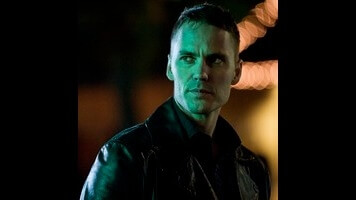True Detective struggles to go straight

“Why would I do another buddy-cop show?” asks True Detective creator Nic Pizzolatto in a recent Vanity Fair profile. “I think whatever I had to say about the buddy-cop genre, I said.” More’s the pity. In place of Matthew McConaughey and Woody Harrelson bickering on long car rides and gradually figuring out how to work together on a high-stakes serial killer case, season two offers four individuals so isolated and angsty that the one buddy-cop scene late in the second episode is just about the only thing in the first three that gives hope for the season. Pizzolatto asks, “Do you really just want to see two stars riding around in a car talking?” Does he really not understand what drew people to season one?
Season two of True Detective is a different animal, a linear L.A. detective story about a dead city manager with mob ties, but the case that binds the four main characters doesn’t generate many sparks. Colin Farrell plays bent city detective Ray Velcoro. He’s in league with Vince Vaughn’s mobster Frank Semyon, who’s trying to go straight with a new development deal until the murder screws up his plans. Rachel McAdams plays county sheriff Ani Bezzerides, her job and no-nonsense demeanor a rebellion against her hippie upbringing. And Taylor Kitsch plays CHP officer Paul Woodrugh, an ex-private security contractor haunted by his actions in Iraq. When Paul finds the city manager’s corpse propped up on a park bench somewhere outside the city, the four legal and extralegal bureaucracies collide, each trying to use the case to accomplish their own ends, and our four heroes are reduced to pawns simply trying to keep a grip on themselves.
